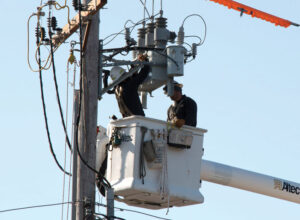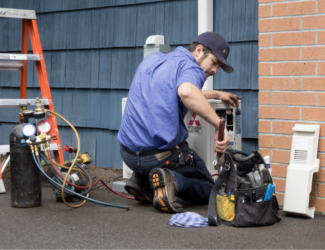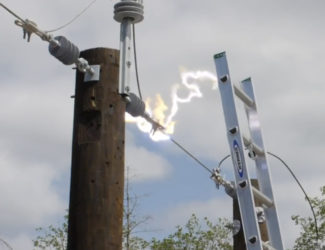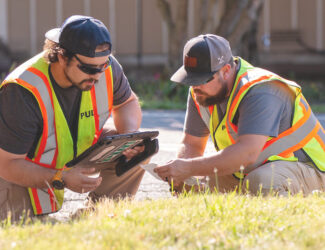

 The infrastructure and technology project will deploy wireless-connected smart grid devices, updating tools and systems to improve how the PUD monitors, controls and optimizes distribution.
The infrastructure and technology project will deploy wireless-connected smart grid devices, updating tools and systems to improve how the PUD monitors, controls and optimizes distribution.
Department of Energy (DOE) funding through its Grid Resilience and Innovation Partnerships (GRIP) program will accelerate these advancements from 20 years to five, allowing a generational leap forward. The PUD was awarded a $30 million grant from DOE to fund SnoSMART.
Benefits
- Allow our grid operators to improve the PUD’s system reliability and energy resilience, reducing outage restoration from hours to minutes
- Mitigate wildfire risks, including smoke exposure to communities throughout the region
- Decrease the energy burden for all customers through improved grid efficiencies
SnoSMART will benefit all PUD customers, but particularly disadvantaged communities and tribes in our service territory. Click here to view a map.
Grid reliability has become more important than ever.
GRIP program funding is an incredible opportunity for the PUD to make important investments in our communities, especially those vulnerable to extended outages.
John Haarlow, CEO/General Manager
Components of SnoSMART
Distribution Automation Infrastructure (DAI)
DAI includes the installation of hundreds of wireless-connected smart grid devices and will improve grid resiliency by reducing outage frequency and duration. This improvement is achieved through remote switching, automatic grid reconfiguration, and improved outage diagnosis capabilities.
For more on how DAI helps mitigate wildfire risks, click here.
SCADA/ADMS system
Installation of a modern SCADA/ADMS (Supervisory Control And Data Acquisition/Advanced Distribution Management) system will increase energy resilience and decrease energy burden. The new system will leverage DAI to reduce outage frequency and/or duration and allow operators to reduce customer voltage remotely with greater accuracy and efficiency during grid emergencies, reducing demand, creating cost savings, and helping keep the grid stable.







